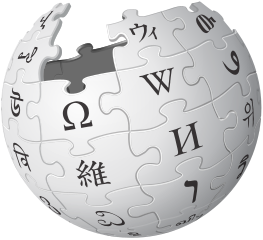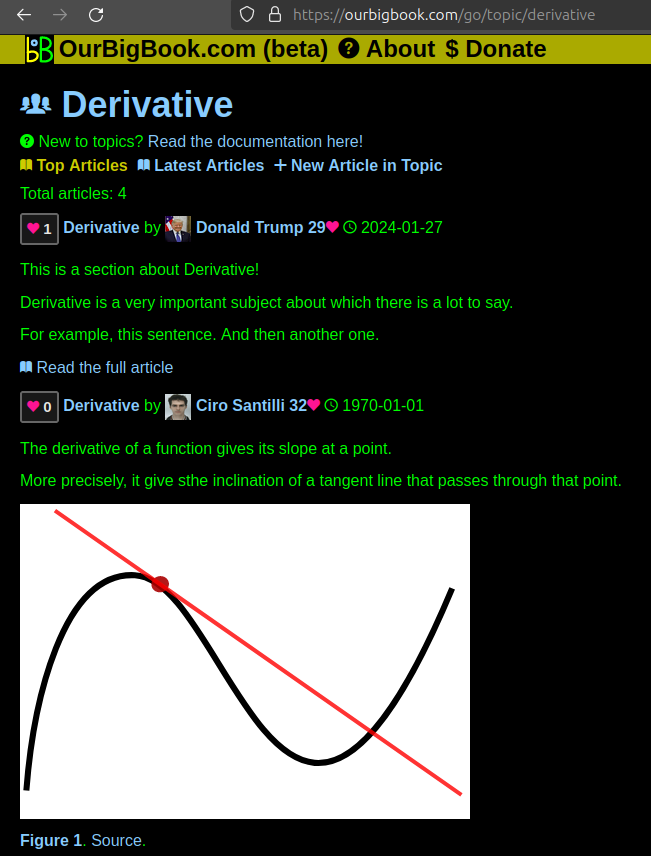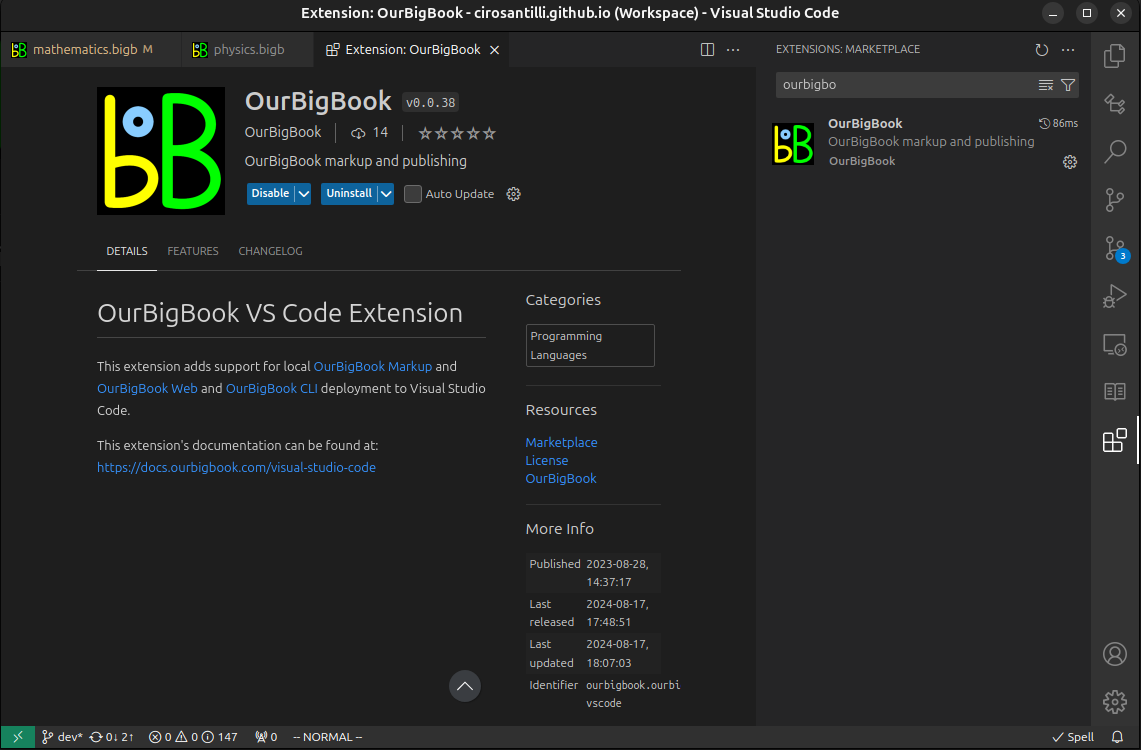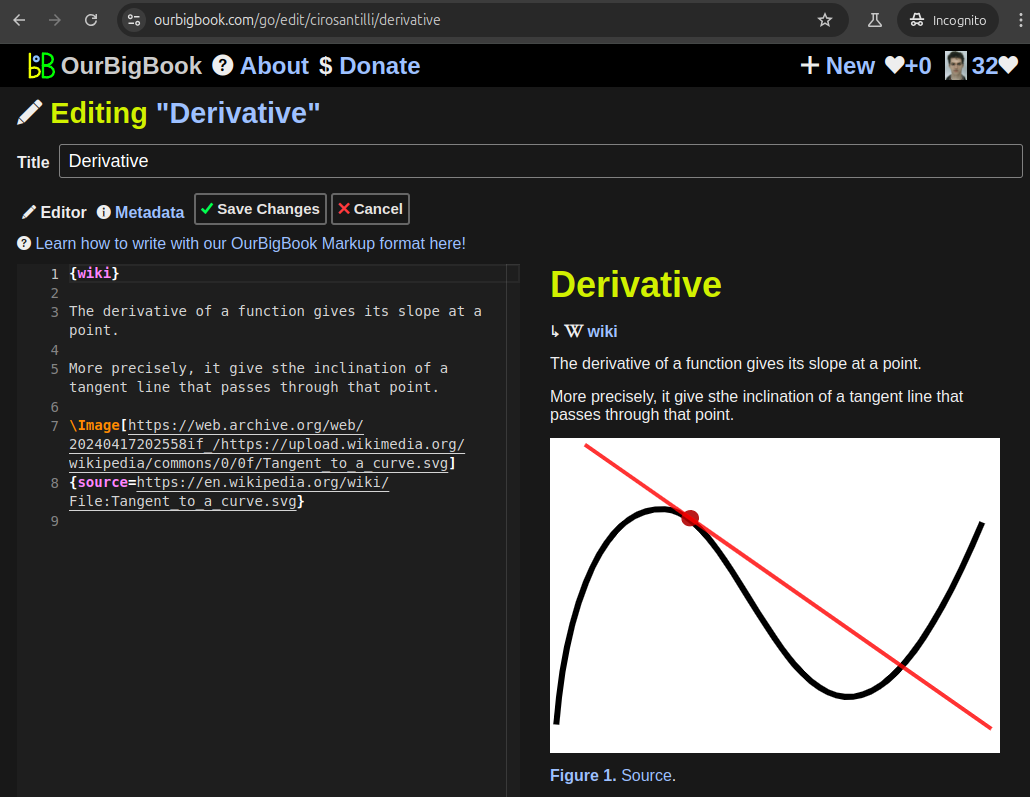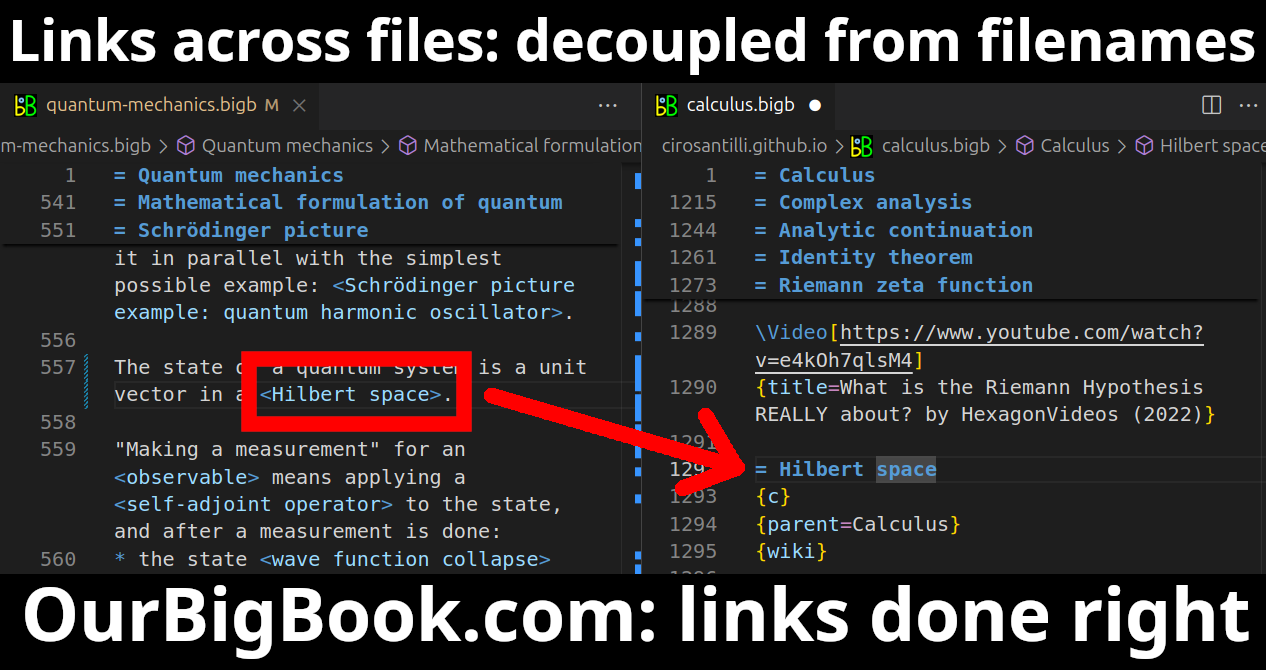In "The Big Bang Theory," the term "Stockholm Syndrome" is referenced in relation to a scenario involving the character Howard Wolowitz and his on-and-off girlfriend, Bernadette Rostenkowski. Stockholm Syndrome is a psychological phenomenon in which hostages develop a bond with their captors, sometimes even defending or siding with them despite the danger or harm they have faced.
"The Big Bang Theory" Season 3 is the third installment of the popular American sitcom created by Chuck Lorre and Bill Prady. The season originally aired on CBS from September 21, 2009, to May 24, 2010. It consists of 23 episodes and continues to follow the lives of physicists Leonard Hofstadter and Sheldon Cooper, along with their friends Penny, Howard Wolowitz, and Rajesh Koothrappali.
Soviet geophysicists were scientists in the Soviet Union who specialized in the study of geophysics, which encompasses the physical processes and properties of the Earth. This field includes a variety of disciplines such as seismology (study of earthquakes), magnetism, gravitational fields, and the Earth's internal structure. During the Soviet era, geophysics was a significant area of research, and Soviet geophysicists made numerous contributions to our understanding of the Earth's processes.
As of my last knowledge update in October 2023, I do not have specific information on an individual named Albert Tavkhelidze. It's possible that he is not a widely recognized public figure or that his prominence has developed after my last update.
Alexander Dolgov is a physicist known for his work in theoretical physics, particularly in the fields of cosmology, particle physics, and astrophysics. He has made contributions to various areas such as the early universe, dark matter, and the properties of neutrinos. Dolgov has been involved in research related to fundamental questions about the universe and has published numerous scientific papers on these topics.
Dmitry Mishin could refer to several individuals depending on the context, as it's a relatively common name. However, without specific details, it's hard to determine which Dmitry Mishin you are referring to. For example, there may be notable figures in fields such as science, sports, technology, or the arts with that name.
Lev Shubnikov is a name most commonly associated with the field of physics, particularly in relation to condensed matter physics and superconductivity. He is known for his work on the phenomenon of magnetoresistance and the Shubnikov-de Haas effect, which describes the oscillation of electrical resistance in a magnetic field at low temperatures.
Sergey Nikitin is a Russian musician and singer-songwriter known for his contributions to Russian music, particularly in the genres of bard music and chanson. He is recognized for his poetic lyrics and melodic compositions which often reflect themes of life, love, and nature. Nikitin has been influential in the Russian musical scene since the late 20th century, and he is celebrated for his ability to blend traditional Russian folk elements with contemporary styles.
Vladimir Gribov is a prominent figure in theoretical physics, particularly known for his contributions to quantum field theory and the study of gauge theories. He made significant advances in areas such as the Gribov ambiguity in gauge theories, which addresses problems related to the quantization of non-abelian gauge fields. His work has influenced how physicists understand and interpret various aspects of particle physics, especially in the context of quantum chromodynamics (QCD) and the dynamics of gauge fields.
Ljupčo Kocarev is a notable Macedonian mathematician known for his contributions to various fields, including complex dynamics, chaos theory, and mathematical biology. He has published numerous research papers and has been actively involved in academia, serving in various capacities in universities and research institutions. Kocarev is also recognized for his work in interdisciplinary studies, particularly in the application of mathematics to real-world problems.
"Taiwanese materials scientists" generally refers to researchers and professionals in Taiwan who specialize in the study and development of materials—an interdisciplinary field that encompasses physics, chemistry, engineering, and other domains. Materials scientists work on understanding the properties and behaviors of various materials (such as metals, polymers, ceramics, and composites) and developing new materials with specific characteristics for various applications.
Angela Speck is an astrophysicist renowned for her work in the field of astrobiology and public engagement in science. She is known for her research on the potential for life beyond Earth, as well as her efforts to communicate complex scientific concepts to the public. Speck has often participated in outreach activities and initiatives aimed at promoting science literacy and interest in astronomy and space sciences.
Turkish women physicists refer to female scientists from Turkey who are engaged in the field of physics. They have made significant contributions to various areas of physics, including theoretical, experimental, and applied physics. The representation and recognition of women in science, including physics, have been growing in Turkey, and many Turkish women physicists have achieved international recognition for their work.
It seems you might be asking about nuclear physicists from Serbia or the contributions of Serbian scientists to nuclear physics. Serbia has a notable history in nuclear science and has produced several eminent physicists in this field. One of the most famous figures is Nikola Tesla, who, while primarily known for his contributions to electrical engineering and electromagnetism, also engaged in early experiments related to atomic theory.
Mihajlo Pupin (1858–1935) was a Serbian-American physicist, inventor, and philanthropist best known for his contributions to telecommunications and electrical engineering. Born in Serbia, he later moved to the United States for his education, where he studied at Columbia University and earned his doctorate. Pupin is particularly noted for his work on the development of long-distance telephone lines.
Nieng Yan, also known as "Nine-Yang," is a traditional dish in Chinese cuisine, particularly popular in certain regions like Guangdong. It consists of marinated roasted meat, usually served with rice or noodles. The name "Nieng Yan" may refer specifically to the preparation method or style unique to a certain area.
There's exactly one field per prime power, so all we need to specify a field is give its order, notated e.g. as .
It is interesting to compare this result philosophically with the classification of finite groups: fields are more constrained as they have to have two operations, and this leads to a much simpler classification!
Pinned article: Introduction to the OurBigBook Project
Welcome to the OurBigBook Project! Our goal is to create the perfect publishing platform for STEM subjects, and get university-level students to write the best free STEM tutorials ever.
Everyone is welcome to create an account and play with the site: ourbigbook.com/go/register. We belive that students themselves can write amazing tutorials, but teachers are welcome too. You can write about anything you want, it doesn't have to be STEM or even educational. Silly test content is very welcome and you won't be penalized in any way. Just keep it legal!
Intro to OurBigBook
. Source. We have two killer features:
- topics: topics group articles by different users with the same title, e.g. here is the topic for the "Fundamental Theorem of Calculus" ourbigbook.com/go/topic/fundamental-theorem-of-calculusArticles of different users are sorted by upvote within each article page. This feature is a bit like:
- a Wikipedia where each user can have their own version of each article
- a Q&A website like Stack Overflow, where multiple people can give their views on a given topic, and the best ones are sorted by upvote. Except you don't need to wait for someone to ask first, and any topic goes, no matter how narrow or broad
This feature makes it possible for readers to find better explanations of any topic created by other writers. And it allows writers to create an explanation in a place that readers might actually find it.Figure 1. Screenshot of the "Derivative" topic page. View it live at: ourbigbook.com/go/topic/derivativeVideo 2. OurBigBook Web topics demo. Source. - local editing: you can store all your personal knowledge base content locally in a plaintext markup format that can be edited locally and published either:This way you can be sure that even if OurBigBook.com were to go down one day (which we have no plans to do as it is quite cheap to host!), your content will still be perfectly readable as a static site.
- to OurBigBook.com to get awesome multi-user features like topics and likes
- as HTML files to a static website, which you can host yourself for free on many external providers like GitHub Pages, and remain in full control
Figure 3. Visual Studio Code extension installation.Figure 4. Visual Studio Code extension tree navigation.Figure 5. Web editor. You can also edit articles on the Web editor without installing anything locally.Video 3. Edit locally and publish demo. Source. This shows editing OurBigBook Markup and publishing it using the Visual Studio Code extension.Video 4. OurBigBook Visual Studio Code extension editing and navigation demo. Source. - Infinitely deep tables of contents:
All our software is open source and hosted at: github.com/ourbigbook/ourbigbook
Further documentation can be found at: docs.ourbigbook.com
Feel free to reach our to us for any help or suggestions: docs.ourbigbook.com/#contact
